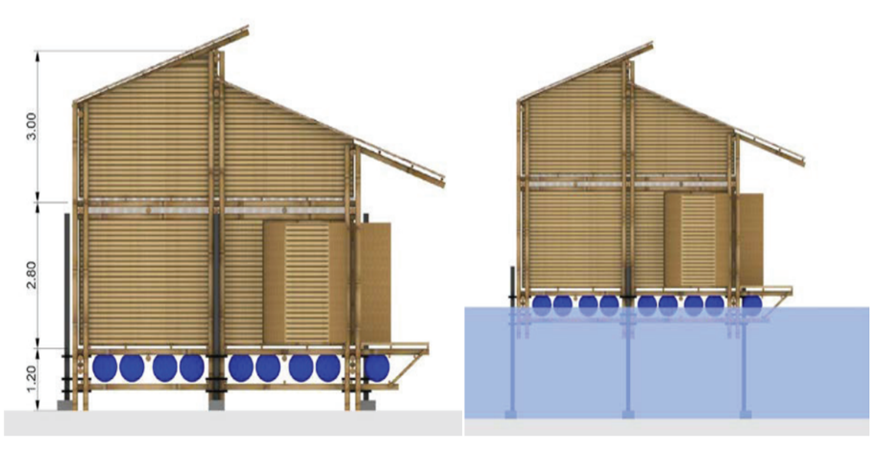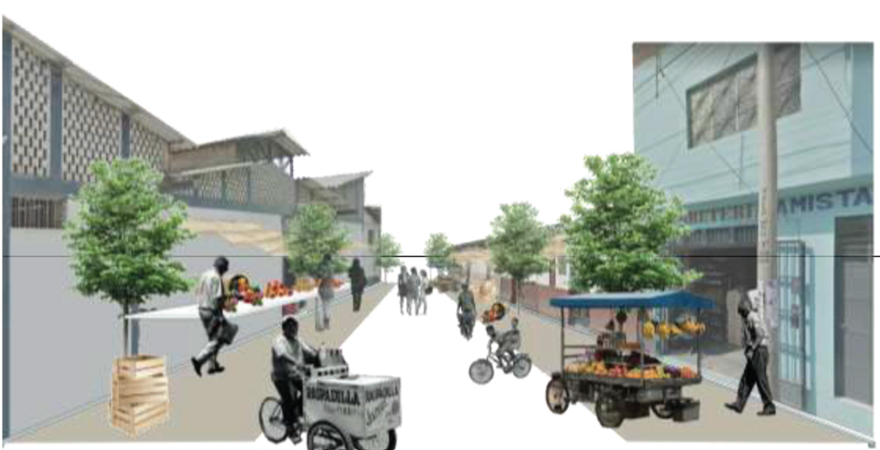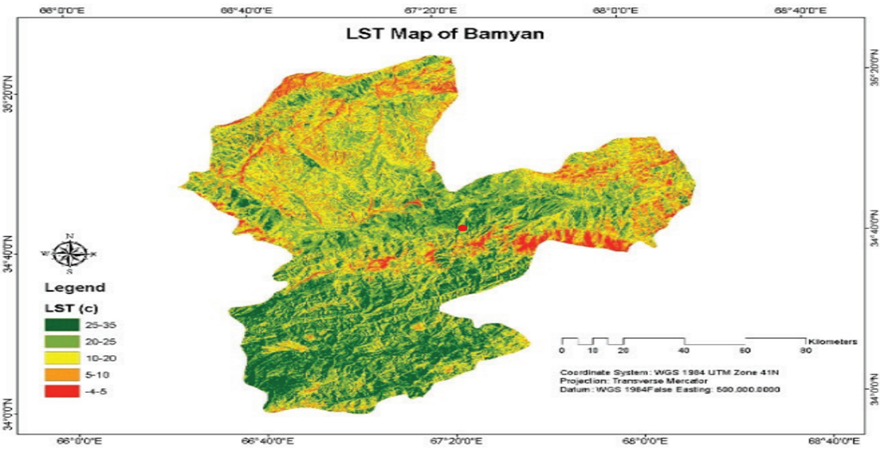- +91-11-4044-5999
- info@cdri.world
-
Copernicus Marg, New Delhi, INDIA
.png)
Inventory of high-altitude wetlands for disaster risk reduction in Transboundary Himalayan Region (InHAW)
Santosh Subhash Palmate
Texas A&M AgriLife Research, Texas A&M University, USA
Abstract: The transboundary Himalayan region of South Asia consists of internationally recognized Ramsar wetlands valuable for maintaining ecosystem services, biodiversity and environmental flows crucial for mountain development. Nevertheless, due to wetlands’ sensitivity to climate change, the Himalayan ecosystems are rapidly changing in the low-altitude (3000 m) regions. Thus, a study on the inventory of Himalayan wetlands and their dynamics is of great importance to take actions for sustaining ecosystem functions in the transboundary Himalayan region. In this research, a maximum entropy (MaxEnt) algorithm has been used to model the existing geographic distribution of Himalayan wetlands using specific point location data, understand spatiotemporal changes in wetlands and map out the probability of new wetland formation considering climate change impact on Himalayan glacier melting. The spatial data of topographic characteristics, soil information, land use/cover and climate change were used as inputs to the model. Existing wetland locations in the territory of India were used as the training and testing data samples for the inventory modelling. The research findings showed the formation of new wetlands in the Himalayas region due to temperature rise that caused glacier melting and formed wetlands in depressed areas. The wetland formation will continue in the future as temperature rise is likely to happen. The probability of wetland inventory is higher in the eastern and western parts of the Himalayas and high-altitude region. This study provides a valuable insight into role of wetlands in managing mountain disasters such as floods and landslides.
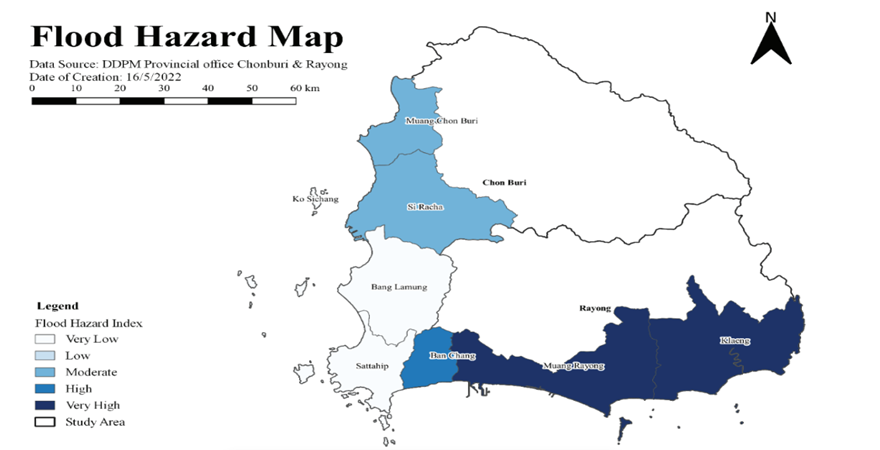

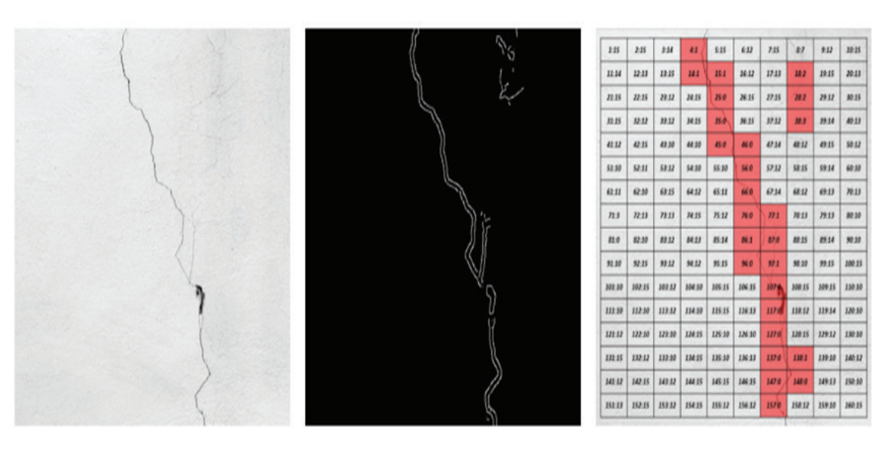
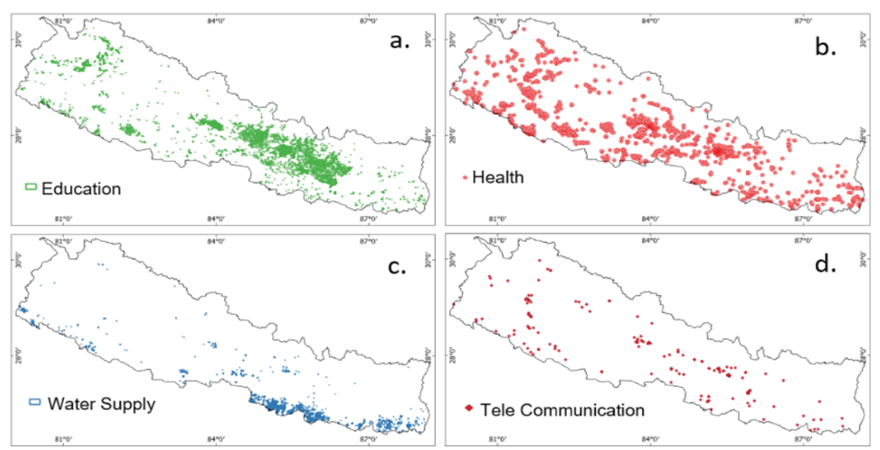
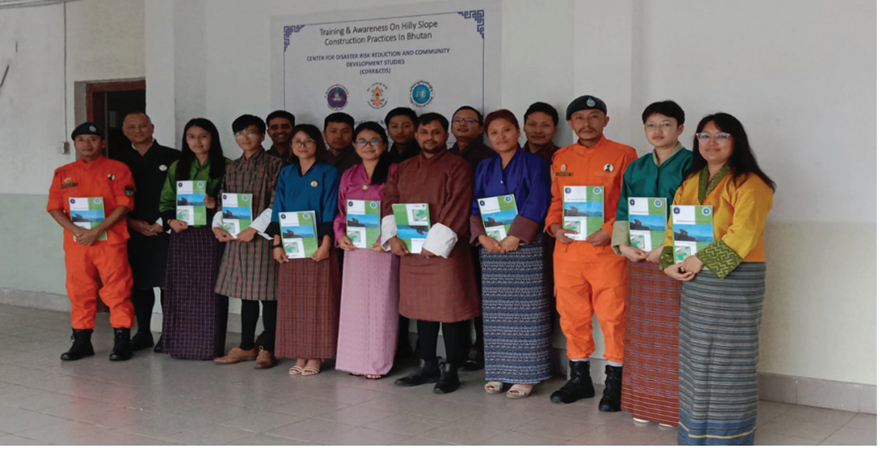
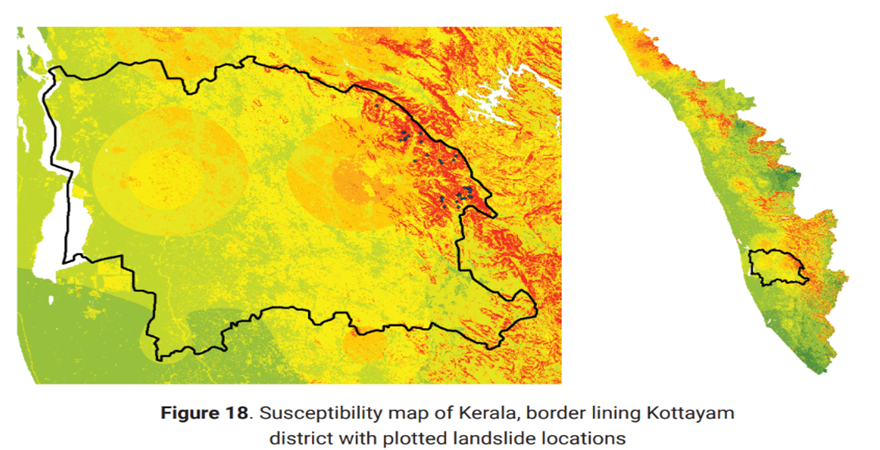
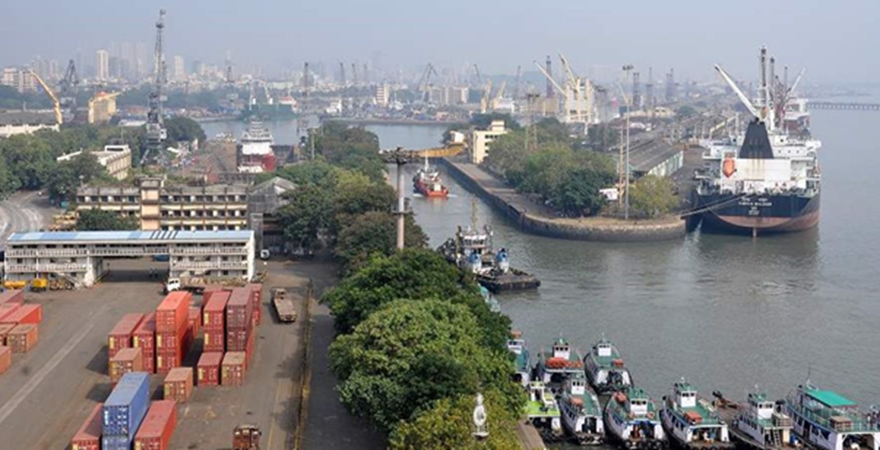
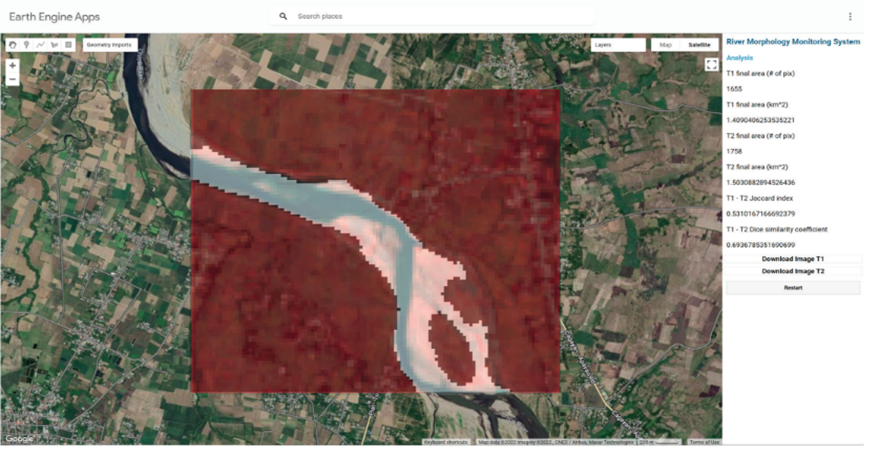
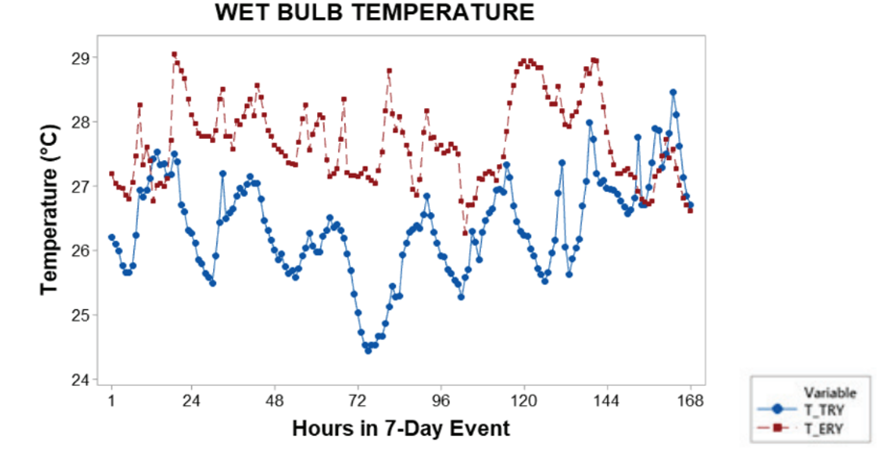
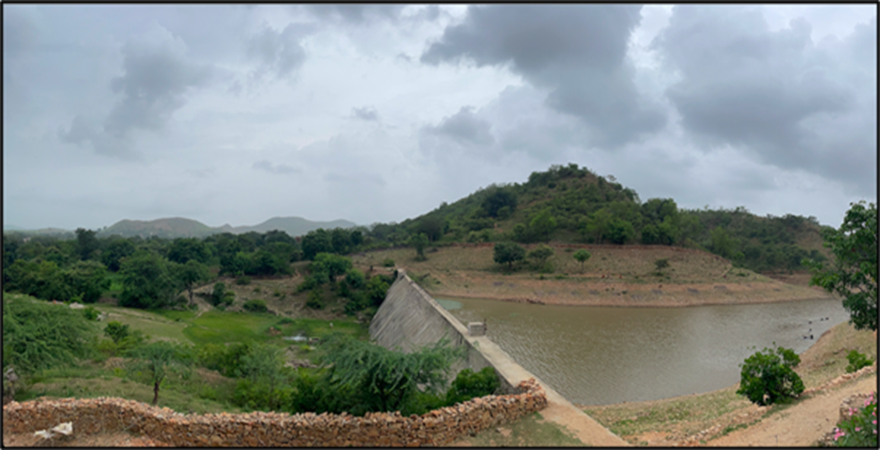
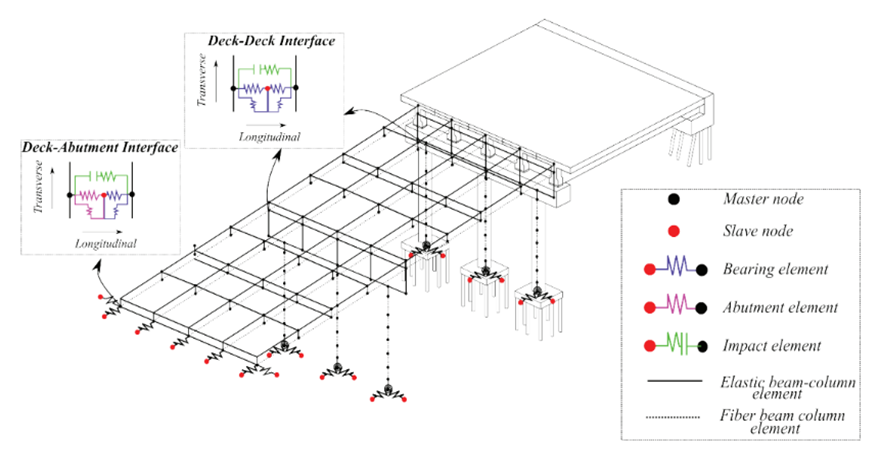
.png)
, nepal.png)

